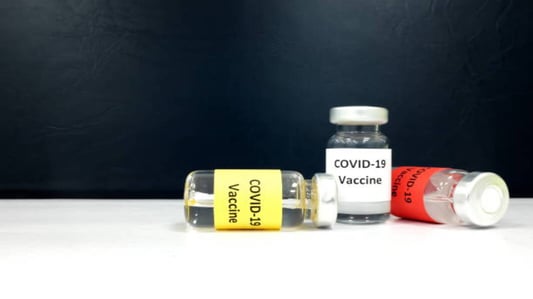What is Resistant Dextrin?Resistant dextrin is a type of soluble fiber that is derived from corn or wheat starch. It is a popular ingredient in many foods and supplements due to its unique health benefits.Improved Digestive HealthOne of the key benefits of resistant dextrin is its ability to promote digestive health. It acts as a prebiotic, feeding the beneficial bacteria in the gut and helping to maintain a healthy balance of gut flora.Weight ManagementFor those looking to manage their weight, resistant dextrin can be a helpful tool. It can increase feelings of fullness and reduce calorie intake, making it easier to stick to a healthy diet and avoid overeating.Blood Sugar ControlResistant dextrin has been shown to help control blood sugar levels by slowing down the absorption of glucose in the intestines. This can be especially beneficial for those with diabetes or insulin resistance.Heart HealthResearch suggests that consuming resistant dextrin may have positive effects on heart health. It can help to lower cholesterol levels and reduce the risk of heart disease.Improved Nutrient AbsorptionBy promoting a healthy gut environment, resistant dextrin can also improve the absorption of nutrients from food. This means that you get more out of the foods you eat and can better support your overall health.Boosted Immune FunctionA healthy gut is essential for a strong immune system, and resistant dextrin can play a role in supporting immune function. By nourishing the beneficial bacteria in the gut, it helps to keep the immune system functioning optimally.Reduced InflammationChronic inflammation is linked to many health issues, including heart disease and autoimmune disorders. Resistant dextrin has anti-inflammatory properties that can help to reduce inflammation in the body.Improved Bowel RegularityIf you struggle with irregular bowel movements, resistant dextrin may help. It can promote bowel regularity by increasing stool bulk and softening stool consistency.Enhanced Overall WellbeingOverall, the benefits of resistant dextrin can lead to improved wellbeing and quality of life. From better digestion to enhanced immune function, this nutrient has a wide range of positive effects on health.Quote InquiryContact us










